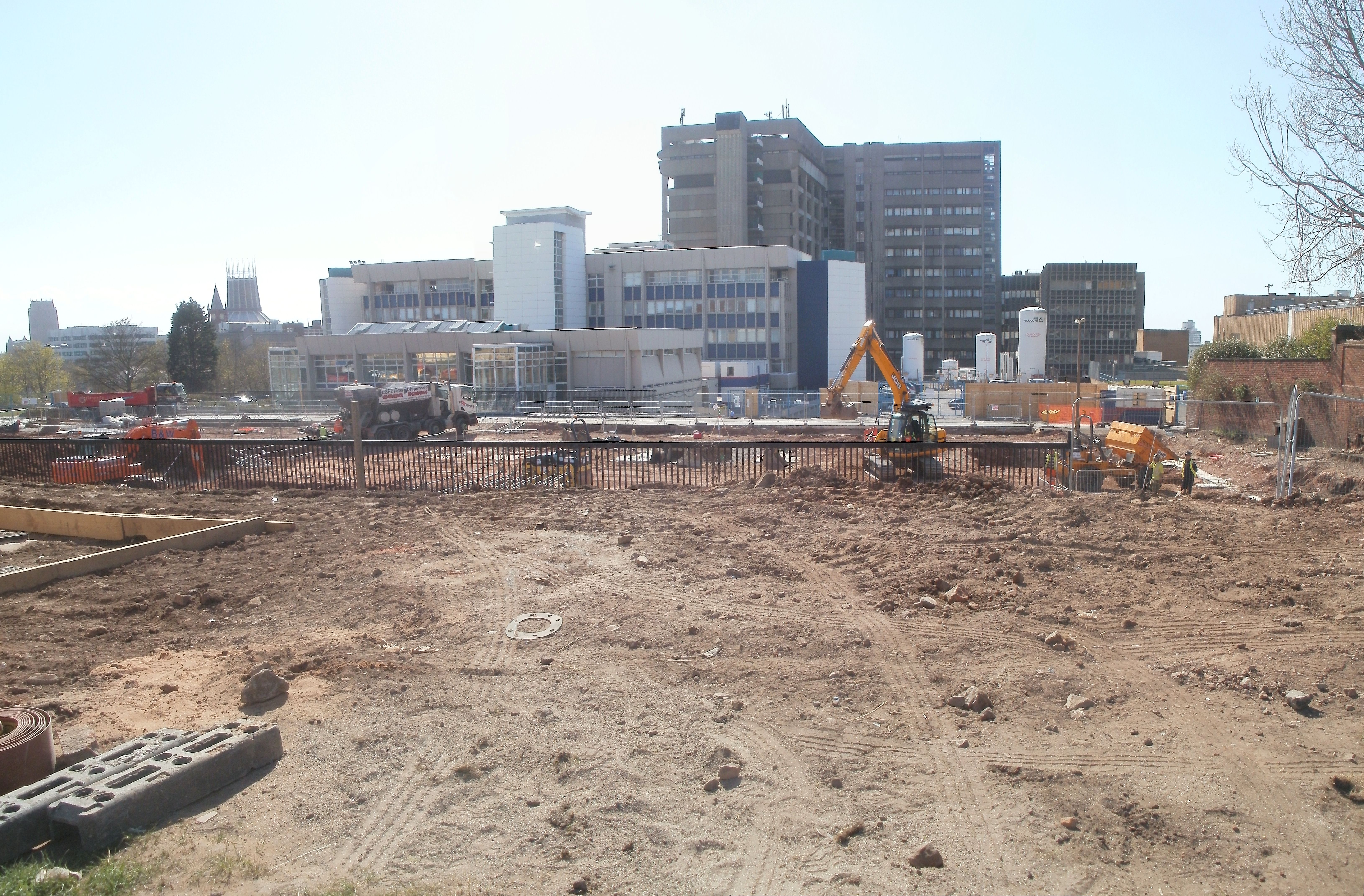Letwin Review highlights need for more housing variation
Sir Oliver Letwin, who was charged with the task of explaining the “significant gap” between housing completions and the amount of land allocated in areas of high demand, has released his eagerly awaited interim report.
As in his letter in March, Letwin does stress that the “homogeneity of the types and tenures of the homes on offer and the limit on the rate at which the market will absorb them are the fundamental drivers of the slow rate of build out”.
He urges house builders to diversify the homes constructed within each site to cater to different markets simultaneously – thus accelerating build out rates.
Different strokes for different folks
Letwin suggests developers look at providing different types of tenure – open market sale, open market private rented, ‘affordable’ rented and ‘social’ rented – as well as different forms of accommodation, such as retirement housing and student living blocks, all as part of the same scheme.
The report finds that buyers for these different tenure types don’t compete, so developers could develop more of a site at once without driving property prices down and threatening their business model.
In addition, rather than building rows of identikit semi-detached homes with monotonous landscaping and bland interiors, house builders could also offer custom- and self-build options, or simply provide a variety of looks to appeal to different tastes.
Whether builders accept this or not is another matter – they stand to lose out if they are forced to diversify their housing offer across sites.
Letwin is also cagey on how this diversification will take place, saying the ‘policy levers’ to bring this about while not harming sites economically will form the second half of his review, reporting to Budget.
Banking on land?
Significantly, Letwin finds that none of the UK’s biggest housebuilders deliberately ‘land bank’, with no evidence that developers sit on land they own and then wait for it to rise in value to maximise their profits.
He states: “Their business models depend on generating profits out of sales of housing, rather than out of the increasing value of land holdings; and it is the profitability of the sale of housing that they are trying to protect by building only at the ‘market absorption rate’ for their products.”
We absolutely didn’t need a drawn-out Government Review to tell us this, of course, but having official evidence could aid future Government funding decisions on driving up housebuilding.
What’s more, by moving towards a more varied housing model and accelerating build out rates, developers might finally be able to disprove the myth of land banking once and for all.
You can read the full report here.

Strategic land and site promotion
“Chelgate gives a real insight into political thinking at all levels and all political persuasions, …

Energy and infrastructure
From new nuclear and unconventional gas to renewables, waste and airports, our team has worked …


